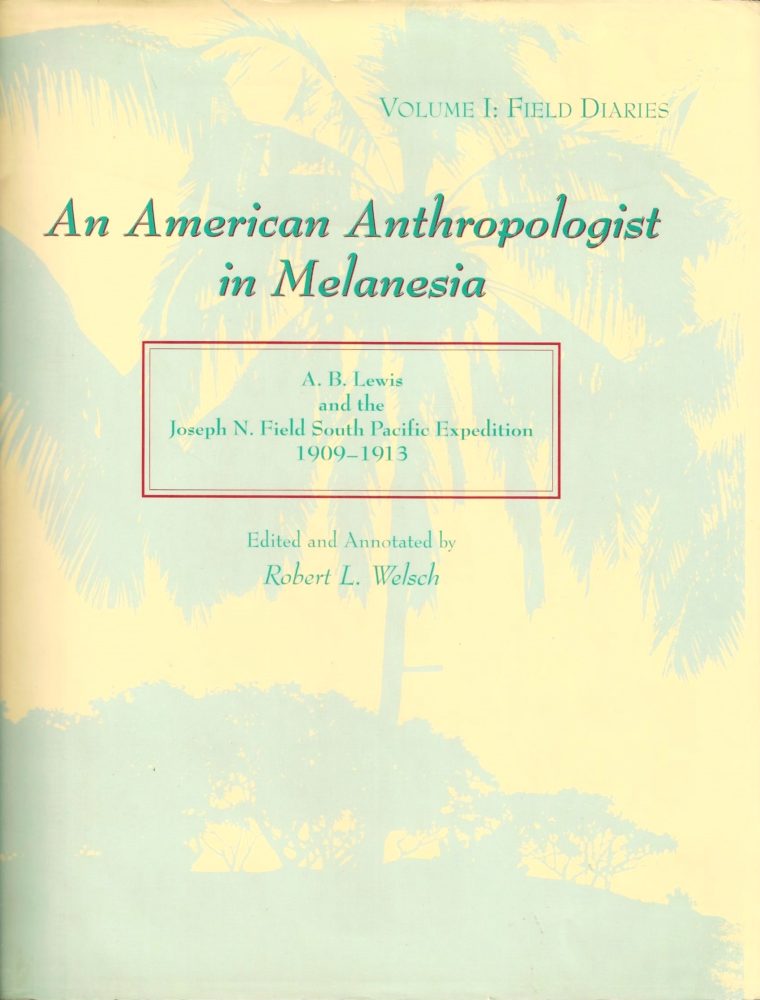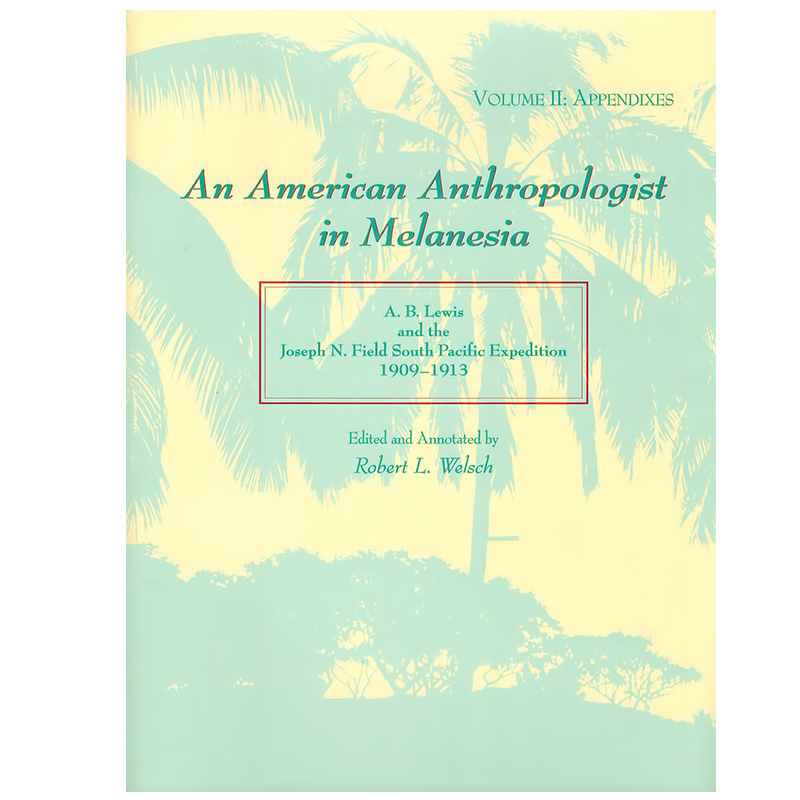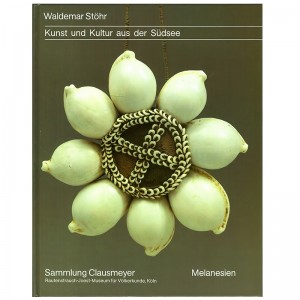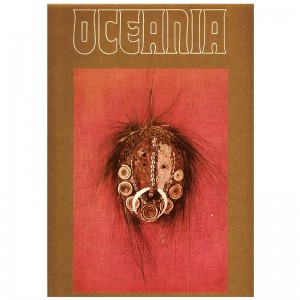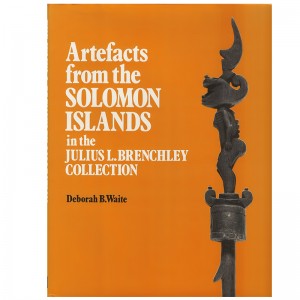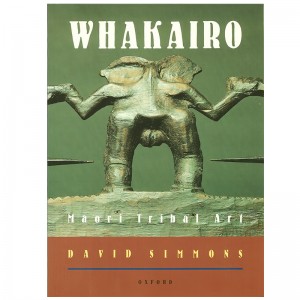AN AMERICAN ANTHROPOLOGIST IN MELANESIA (Vol. I + Vol. II)
Subtitle: AB Lewis and the Joseph N. Field South Pacific Expedition 1909-1913
Author: Robert L. WELSCH
Material Type: general or thematic Work
Publisher: University of Hawai’i Press, Honolulu, 1998. Bound with editor emerald green canvas binding, dust jacket illustrated color new, in-4, size: 22.5 x 28.5 cm, ISBN 0-8248-1644-7
Contents: Library .. Vol. I (Field Diaries): + 634 pp XXII, with over 200 illustrations b / w, 225 b / w photos, 25 drawings, 13 shots, 12 cards, notes, index – Vol.… II (Appendices) 296 pp, abbreviations.
Condition of the structure: As new
Description
The anthropologist Albert Buell Lewis spent four years of arduous journey through the former colonies of Melanesia as ethnological researcher for the Field Museum in Chicago. Field journals he kept during this period reveal the fascinating story of how Lewis has overcome extraordinary difficulties to assemble the remarkable collection of artifacts now kept in the museum. In “An American Anthropologist in Melanesia,” Robert Welsch has beautifully contextualized newspapers across a description, nested comments, detailed annotations, and a wealth of visual material. The two volumes offer readers a firsthand account of the state of the conditions in Melanesia before World War II, a rare glimpse of a little-known chapter in the history of anthropology, and an inside look at the how much the natural history of the world and ethnological museums built their collections. Melanesian explorations of Lewis AB document a critical period in the development of anthropology as a discipline – the “shipping time” – when the field anthropologists were regional surveys and regularly were collecting objects for museums. But Lewis has traveled further, collected more artifacts, and stayed longer in the field than any of his colleagues, his expedition was the most secret ways, typical of the period, and illustrate books how anthropologists conducted their field research during these pivotal years.
Three years after the passage of Lewis in the Trobriand Islands, the Polish anthropologist Bronislaw Malinowski was revolutionized the discipline of anthropology staying at the time, for months in a community for the establishment of the so-called “ethnographic method “. Volume I, “the illustrated papers,” offers an associated set of background text, photographs, diaries and notes, allowing the visual material to illustrate the text, with the comment as a caption extended to photographs. The images include pictures of Shipping village life taken by Lewis himself and photos of important objects brought back to the Field Museum. Most are published here for the first time and offers a unique insight into life in Melanesia as it was at the beginning of the century, just when the colonial presence was in most incipient right sectors. Volume II accompanying “Notes”, summarizes material from the collection of the Field Museum‘s Lewis organized by location and type of object with a biographical dictionary “who was who in Melanesia“, identifying 275 individuals listed in the text and describing their role in Pacific history. “An American Anthropologist in Melanesia” is an invitation to researchers and Melanesian peoples to make use of this resource for the long-neglected field of anthropology, art history and the history of the Pacific. Its importance for studies of material culture, technology, art, culture change, and the impact of Europeans on the traditional life is immeasurable.
Additional information
| Weight | 3110 g |
|---|---|
| Dimensions | 22.5 × 28.5 cm |
Related Products
-
KUNST UND KULTUR AUS DER SÜDSEE
32,00 €Subtitle: Sammlung Clausmeyer Melanesien Author: W. STÖHR Material Type: general or thematic Work Publisher: Stadt Köln, Rauttenstrauch-Joest-Museum, Cologne (Germany), 1987. Hardcover cardboard with illustrated color editor (ice cover), in-4, size: 21.5 x 27.5 cm, ISBN 3-923158-11-4 Content: 390 p, 478 ill. b / w, 51 b / w photos, 46 Color photos, 55 drawings, 2…
-
OCEANIA
37,00 €Authors: RIALTO DELFINO Dinz Material Type: general or thematic Work Publisher: Officina Arte Grafica e C. A. Lucini, Milano, 1969, in-4, 24 x 34 cm Contents: 3 double loose-leaf text with 1 card and 1 photo b / w. + 35 independent sheets with color illustrations on paper and pasted against the back including the…
-
ARTEFACTS FROM THE SALOMON ISLANDS
235,00 €Subtitle: in the Julius Brenchley Collection Author: Deborah B. WAITE Material Type: general or thematic Work Publisher: British Museum Publications Limited, London, 1987. Hardcover cardboard black editor under jacket illustrated color very good condition slightly irradiated slice, in-4, size: 22.5 x 28.5 cm, ISBN 0-7141-1570-3 Content: 112 p, 96 ill.. b / w, 16 pl.n…
-
WHAKAIRO
49,00 €Subtitle: Maori Tribal Art Author: D. R. SIMMONS Material Type: general or thematic Work Publisher: Oxford University Press, Auckland (New Zealand), 1994. Paperback, 4to, dimensions: 21 x 28.5 cm, ISBN 019-558-119-9 Content: 190 p, 118 ill.. b / w, 20 col photos. 9 pl.coul., 119 drawings, 2 maps, biblio., glossary, catalog replicated objects, index Additional…
175,00 €
1 in stock



